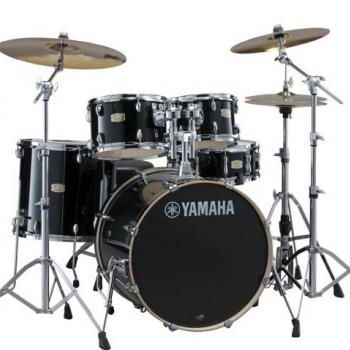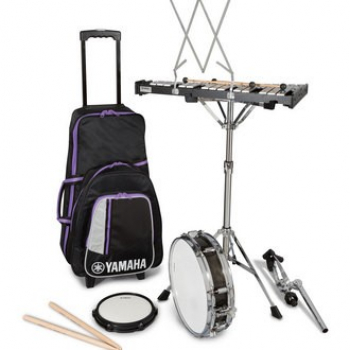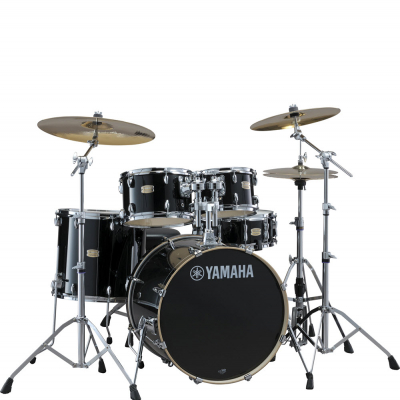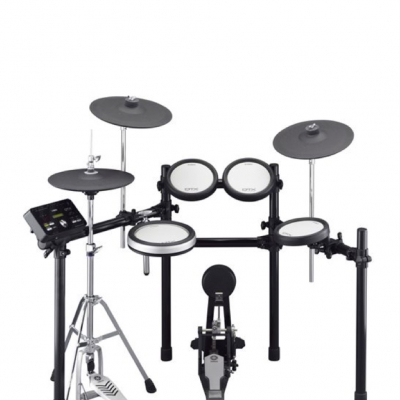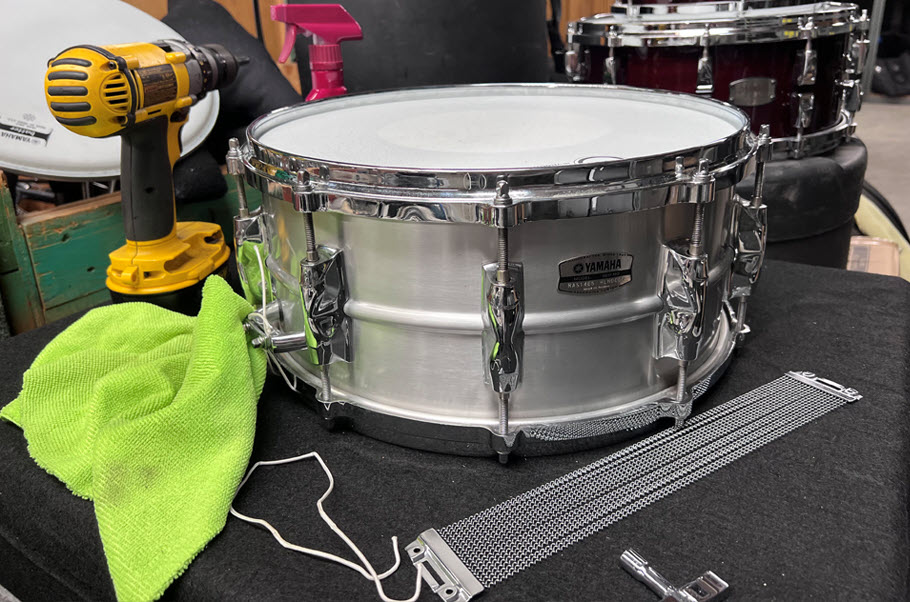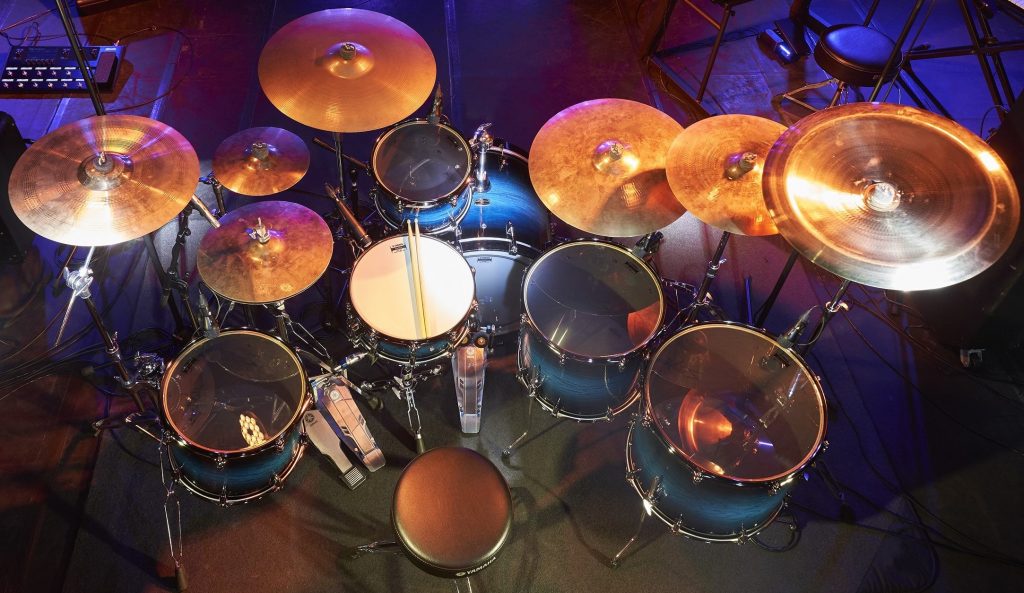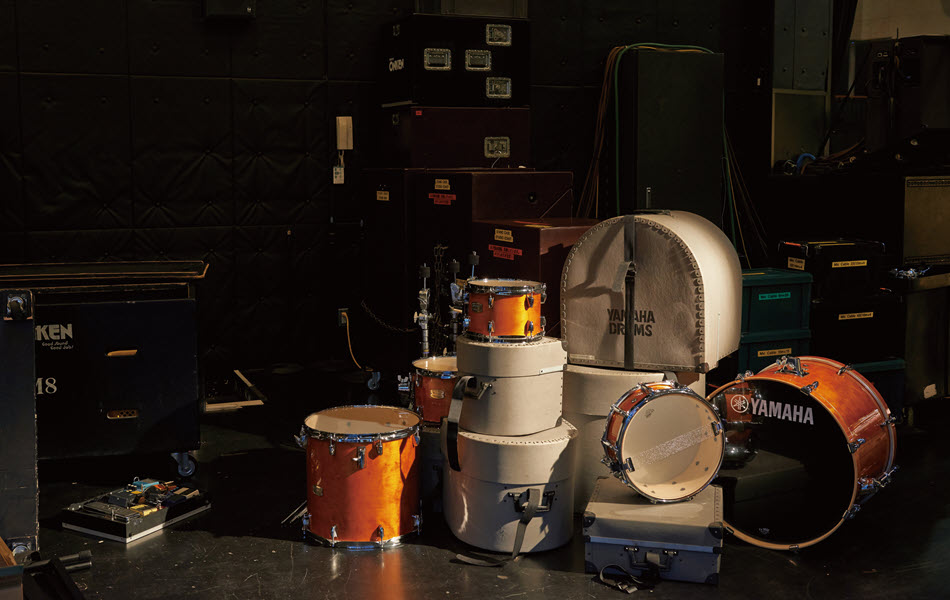So Your Child Wants to Learn to Play Drums, Part 1
A guide to picking the perfect starter drum set.
Shopping for drums can be time-consuming and confusing for parents of a beginning music student. This three-part series provides a simple guide for making sure your child starts out with the right instrument – one that grows with them as they progress.
Lessons for Everyone
Teaching children how to play drums can be fun – and you might learn a bit about drumming, too – but to inspire them to the next level, you should investigate lessons and local teachers. Online lessons offer some great tips, but similar to coaching a golf or tennis swing, there’s no substitute for a real-life teacher who can provide on-the-spot guidance as a student learns correct stick movement and other fundamentals. Teaching proper technique is of critical importance in helping ensure that your child is not stressing muscles and creating unnecessary fatigue. One lesson can go a long way in improving the skills and concepts of drumming.
Have Fun!
The most important thing is to have fun! This is a great opportunity for you and your child to enjoy something exciting, creative and collaborative. Music may not be their career, but they can use these new-found skills to make and enjoy music for the rest of their lives.
Speaking of “fun,” let’s take a look at some of the fundamentals…
The Drum Set
A drum set (sometimes called a drum “kit”) is simply a collection of drums, cymbals and mounting hardware, similar to those you see played onstage by your favorite band. If your child is part of a school music program, they might be required to rent or purchase a bell kit, combo kit or drum pad. The fundamentals of percussion are typically taught on bells for note reading and on the snare pad or snare drum for rudiments of stick control. These rudiments are important. If you already have a bell kit or combo kit, your child is off to a good start. However, a drum kit will cost a bit more and require more space. Even if your child has not taken music lessons and has not joined the school band, not to worry – the articles in this series will provide you with all the tools you need to get them started.
An acoustic drum set is made up of the following five basic components:
1. Drums: There are typically at least four or five drums in a set. Each consists of a shell (typically made of wood, but also sometimes metal), across which is stretched a drum skin or “head” (typically made of clear plastic Mylar® or calfskin) – the surface you hit with a stick.
2. Cymbals: Circular plates made of metal, used for a crashing sound.
3. Hardware: Metal stands to hold the cymbals and drums, plus a throne (seat), a foot pedal (for the bass drum) and a hi-hat stand that includes a pedal for crashing two cymbals together.
4. Sticks: Long wooden dowels used to strike the drums and cymbals.
5. Drum key: A small metal device used to tune the drums by stretching their skins.
Electronic drum sets contain only the first four components, although the “drum” and “cymbal” sounds are produced via electronic not acoustic means (more about this in Part III.) Whichever way you go, starting with good quality instruments will make the experience more enjoyable – and can save you money down the road.
Acoustic Drums or Electronic Drums?
When deciding which kind of drums to buy, one of the most important factors is the space required. In addition, you will want to consider the time of day your child will be practicing – will this disrupt you, your other family members or the neighbors?
Acoustic kits are the most common types used by school bands. They are much louder than electronic drums, have a much larger footprint and will require some sort of isolated room for practice.
Electronic kits are smaller, quieter and easier to use since you don’t have to worry about tuning or changing drum heads. An electronic drum kit is often the best choice for beginners since you won’t need to soundproof the room where they are located – your child can use headphones to practice.
Here’s a summary of the advantages and disadvantages of each:
Acoustic drums
– The standard for school lessons and live performance.
– Loud!
– Take them anywhere: not tethered to a power outlet.
– Instant gratification: nothing to plug in or set up. Just start hitting ’em!
– Good for larger bedrooms, basements or garage… especially if the spaces can be soundproofed.
– Produce one sound with various tunings.
– Drums and cymbals come in various sizes.
– Larger footprint: requires an average 5′ x 5′ space.
– Requires lots of new sticks and drum skins as they wear.
Electronic drums
– Easily used at home but requires amplification for performance.
– Quiet practice with headphones.
– Good for apartments or small bedrooms.
– Capable of producing various sounds and styles of drum kits.
– Requires some setup and an electrical outlet.
– Pads for drums and cymbals are typically smaller than their acoustic counterparts.
– Smaller footprint: requires only an average 4′ x 4′ space.
– Built in training functions and metronome.
– Less stick wear and no heads to tune or replace.
In Part 2, we’ll take a closer look at the acoustic drum kit and components.
Click here for more information about Yamaha drums.











